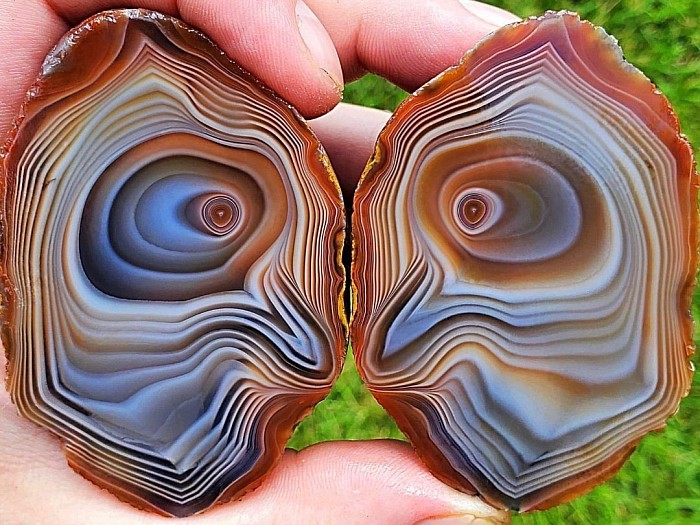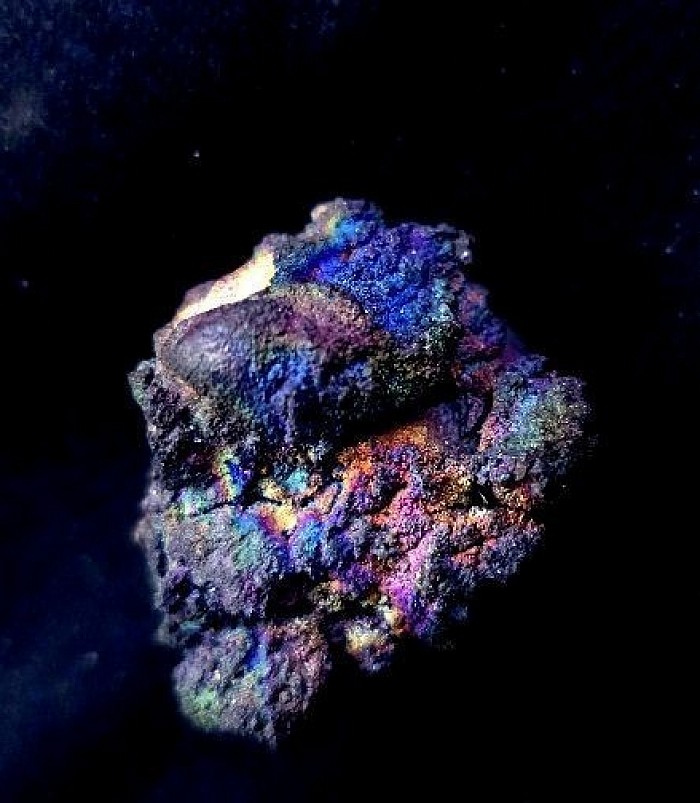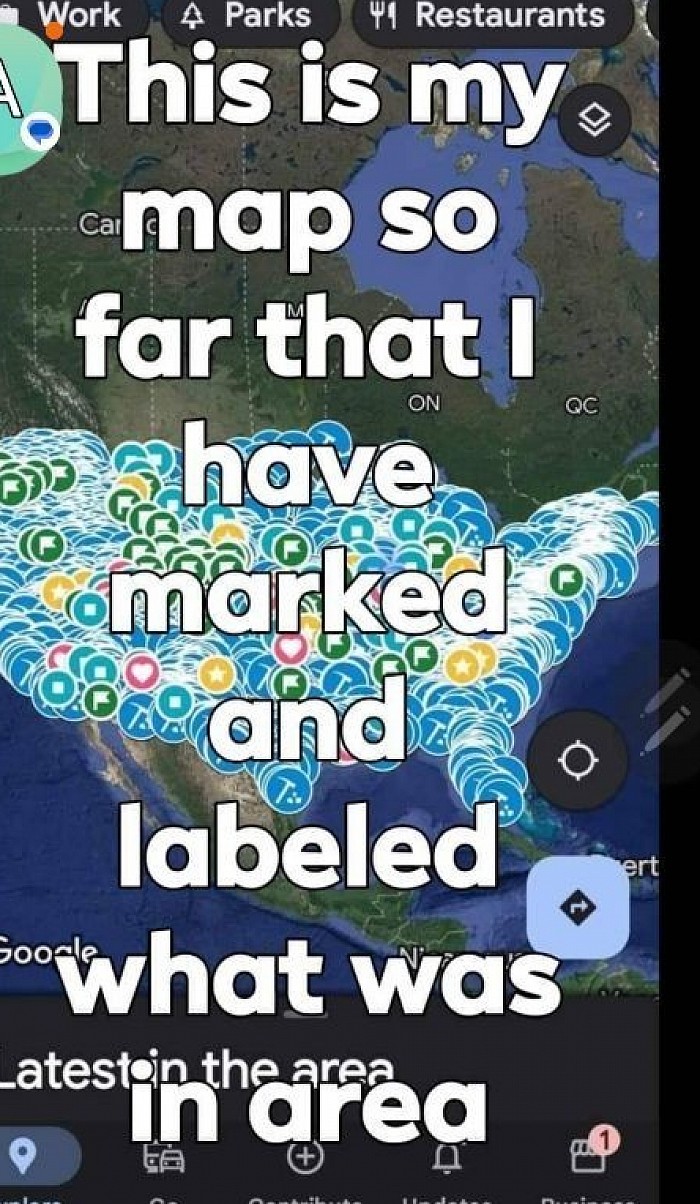Dive into Rockhounding Adventures at Hidden Gem Rockhounding Services
A Comprehensive Guide to Rockhounding Explained
The amateur geology's favorite pastime, bears testimony to the untapped wealth buried in the heart of the earth. It presents enthusiasts with an arduous yet thrilling adventure to unravel the mystery behind each gem and mineral found in nature. The venture into the vast landscapes plush with geological treasures requires more than mere fascination; it demands diligence, prudence in site selection, knowledge in stone identification, and appropriate handling of the discovered stones. This essay aims to provide a comprehensive overview of the rockhounding process, emphasizing the various stages such as site selection, precautionary measures, stone collection and identification, and subsequent cleaning and preservation of the rocks (Rockhound Times, 2020).
Site Selection, Preparation and Safety in Rockhounding
Selecting a site for rockhounding requires keen geological understanding. Topographical maps, geological surveys and, at times, local legend play crucial roles in identifying potential hotspots (Mindat.org, 2020). Careful planning, ensuring appropriate weather conditions, and carrying a well-stocked tool kit, are inherent to a successful rockhounding expedition.
The thrill of rockhounding, however, does not override the importance of safety. Despite the adventure's allure, rocky terrains necessitate exercising caution. Proper attire for protection against weather extremities, sturdy footwear for ease of movement, and safety gear such as helmets and gloves should be part of every rockhound’s arsenal.
Collection, Identification and Cleanliness in Rockhounding
Once equipped and on-site, the actual pursuit begins by deliberately scanning for unusual rock formations or colors. When a potential gem is in sight, geologists recommend extracting stones with extreme care to prevent damage to the prized specimen or the surrounding environment.
Following the collection, identifying the gemstones or minerals is the next crucial step. Various identification guides or apps can help with this process, but this largely hinges on attributes such as color, luster, hardness, and specific gravity of the stone. However, nothing beats the accumulation of knowledge through years of practice and keen observation.
After successful identification, the stones should undergo a cleaning process. This requires specialized tools and solutions to delicately remove any residue without damaging the stone’s natural attributes. Polishing the stone can further highlight its inherent beauty, illustrating our earth’s tremendous capability to create such marvels.
Conclusion
Treading the paths less roamed, rockhounding allows people to appreciate the finer nuances of the Earth’s geological showcase. It is a blend of knowledge, adventure, and artistry that affirms the sheer magic of our natural wealth. In essence, every rockhounding escapade is not merely an exploration of nature's treasure chest, but an intimate rendezvous with Earth’s fascinating geological saga.





